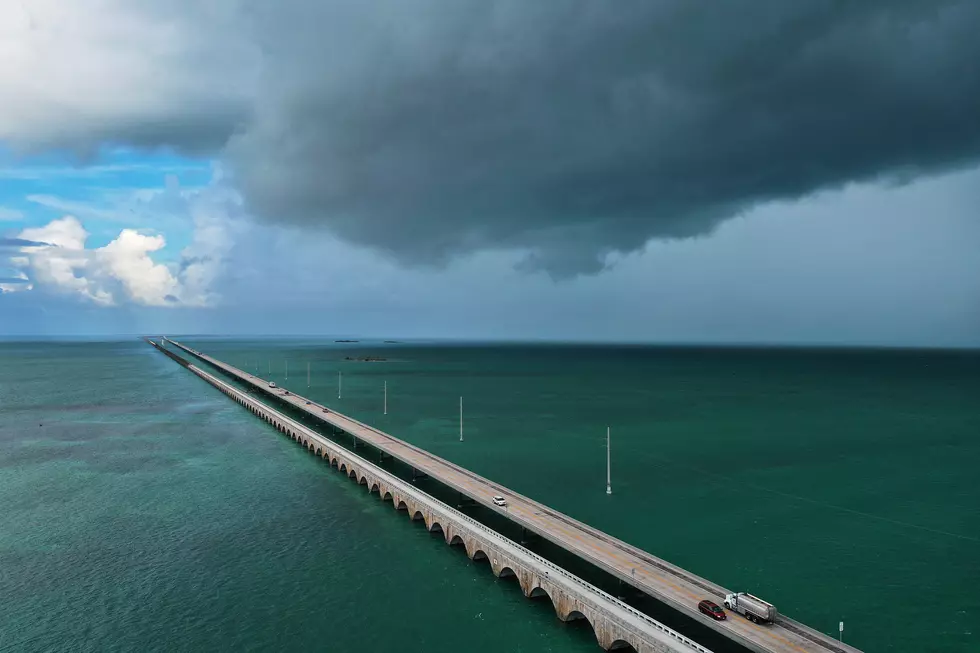
Tropical Storm Beryl Poised to Become First Major Hurricane of 2024 Season
Tropical Storm Beryl, currently gathering strength in the Atlantic, is projected to intensify into a major hurricane as it approaches the Windward Islands on Monday. According to numerous meteorologists and weather experts, this forecasted intensification is rare for such a powerful storm to develop in late June.
The Weather Channel reports that Beryl is expected to strengthen into a hurricane by the end of the weekend, with sustained winds potentially reaching 115 mph or greater by Monday morning, categorizing it as a major hurricane (Category 3). This prediction has stunned many, with meteorologist James Spann noting the unusually favorable atmospheric and oceanic conditions for rapid intensification in the western tropical Atlantic and eastern Caribbean Sea.
As of the latest advisory from the National Weather Service, Tropical Storm Beryl is 975 miles east/southeast of Barbados, moving westward at 21 mph with sustained winds of 50 mph. A Hurricane Watch is now in effect for Barbados, with additional watches and warnings likely to be issued for parts of the Windward and southern Leeward Islands.
KADN News 15 confirms that Beryl, the second named system in the Atlantic Basin this year, formed with initial sustained winds of 40 mph and is expected to continue intensifying over the weekend. The storm's trajectory takes it westward into the Caribbean early next week, though it is anticipated to encounter increasing wind shear from Saharan Dust, which could gradually weaken the system.
Despite the current forecasts, there is no immediate threat to Louisiana or the Gulf Coast. However, Beryl's path follows a familiar route taken by previous hurricanes that have impacted the region—most notably, Lili, one of the strongest, costliest, and deadliest storms back in 2002. Because of this, it remains a system of interest for local residents and authorities.
Meteorologist James Spann also emphasized that while the possibility of Beryl entering the Gulf of Mexico remains uncertain, global models suggest a potential west/northwest movement towards Central America or Mexico. For now, no tropical storms or hurricanes are expected near the Central Gulf Coast through next week.
For the most current information on Tropical Storm Beryl, stay close to KPEL News or visit the National Hurricane Center's website at Hurricanes.gov.
LOOK: The most expensive weather and climate disasters in recent decades
Gallery Credit: KATELYN LEBOFF
More From News Talk 96.5 KPEL







